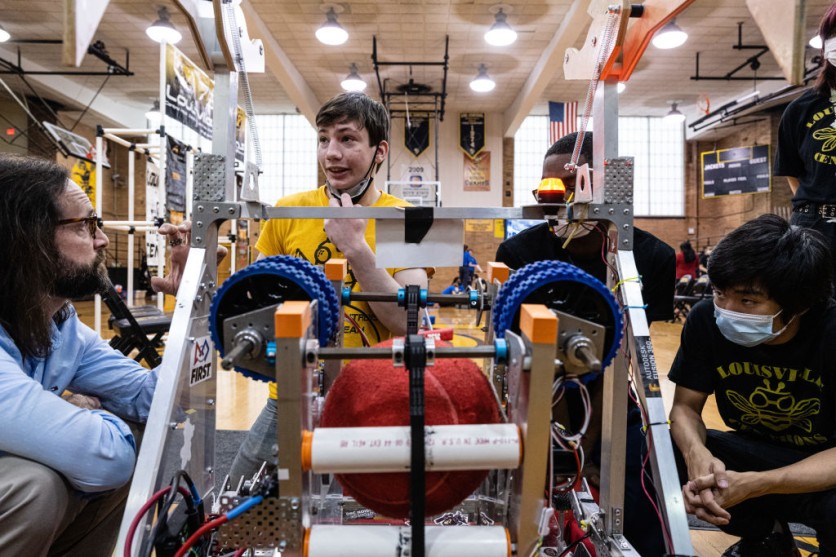Mechanical engineers at Rice University's George R. Brown School of Engineering have built an extra hand that can grasp objects and go. The extra limb is powered only by compressed air and implemented with a textile-based energy harvesting system.

The main goal of the assistive robotic device is to help those living with disabilities. What makes it a worthy development is it is tough enough for everyday use.
How It Works
The arm is a piece of fabric that hugs the body when not in use. It extends outward when activated and has an elastomer lining on the surface to maintain its grip on slippery objects. When it was demonstrated, the arm was operated with a switch.
The future versions could have sensors that anticipate the intent of the wearer and complete the movement. They also made a shit with a bellows-like actuator attached at the armpit that expands, which enables the wearer to pick up a ten-pound object. When they tested the shirt on a mannequin, it showed that it could pick up things without the help of human muscles.
The system has two components to work-textile pumps that are embedded in the soles of walking shoes, which harvest air pressure, and pneumatic actuators to use that pressure when necessary. The pumps are filled with open-cell polyurethane foam that lets them recover their shape after every footfall. Additionally, the pumps are small enough to be comfortable inside the shoe.
The devices can produce 3 watts of power with a conversion efficiency of more than 20 percent.
All the products that were used were so simple and robust that they can be cleaned in a washing machine with no performance degradation. This is also because the fabrication approach to this uses techniques already used in the garment industry.
They also developed mathematical models to predict how well an assistive device would perform based on the user's weight and walking speed. The engineers plan to use the model to optimize performance for specific user groups. Additionally, they are also exploring pneumatic actuators that can apply therapeutic compression for deep vein thrombosis.
Also Read: Training With Robots And Virtual Reality May Help Patients With Brain Or Spinal Injury Recover
Now that they can provide the power, the engineers are set to focus on all the existing work on actuation. They will further develop gloves to help people close their hands and other devices. They will also be working with fashion consultants in the future.
You can watch the video of the arm invention below.
Related Article: Robotics Experts Developing 'Smart Trousers' That May Someday Replace Wheelchairs, Stairlifts
This article is owned by Tech Times.
Written by: April Fowell
ⓒ 2025 TECHTIMES.com All rights reserved. Do not reproduce without permission.




